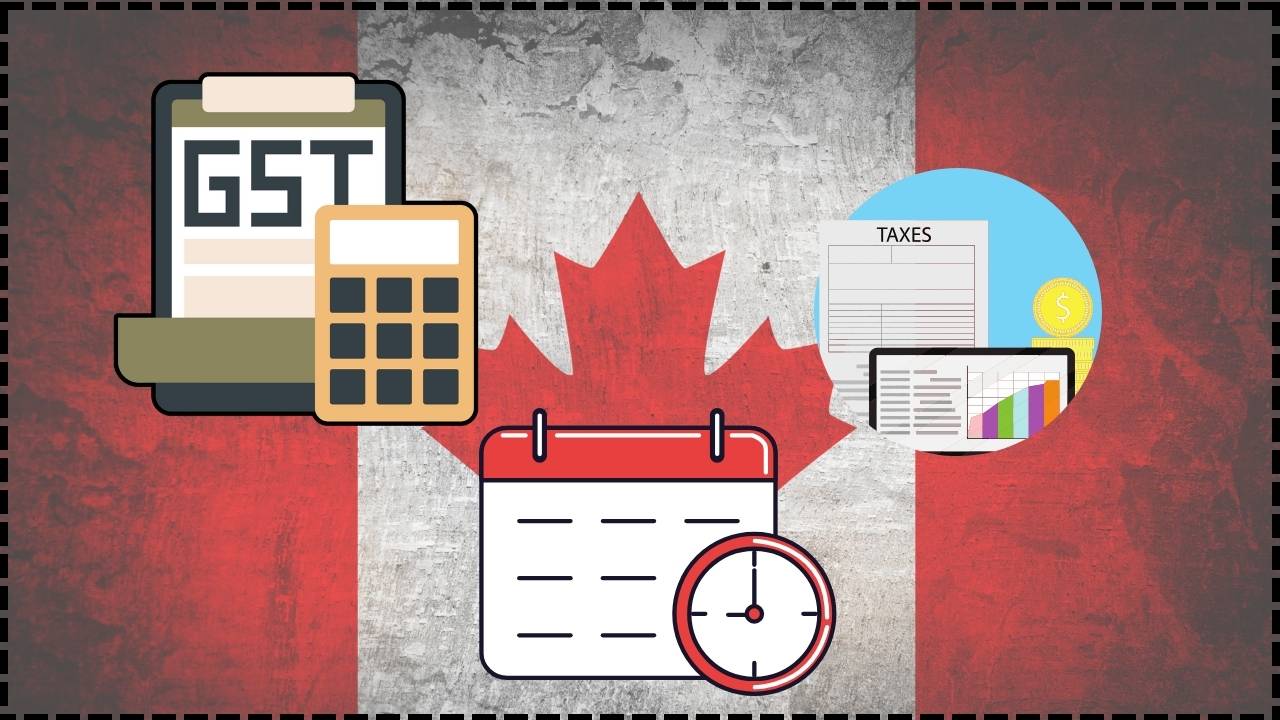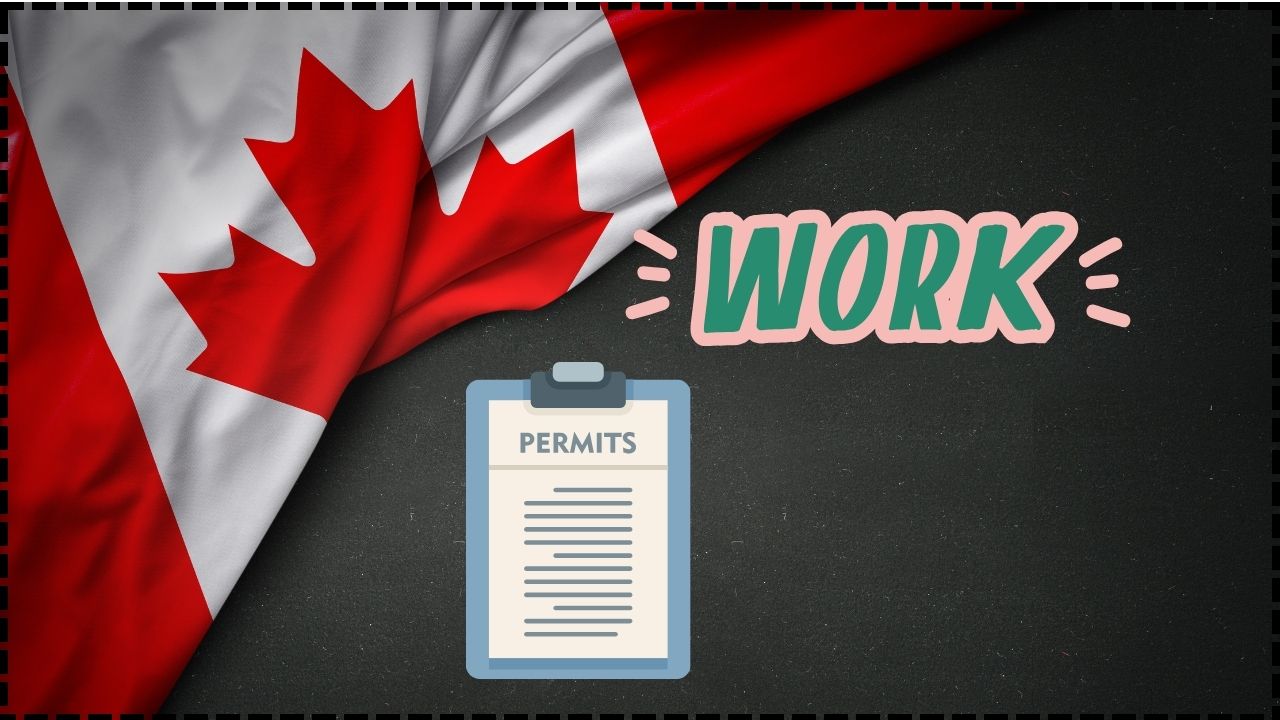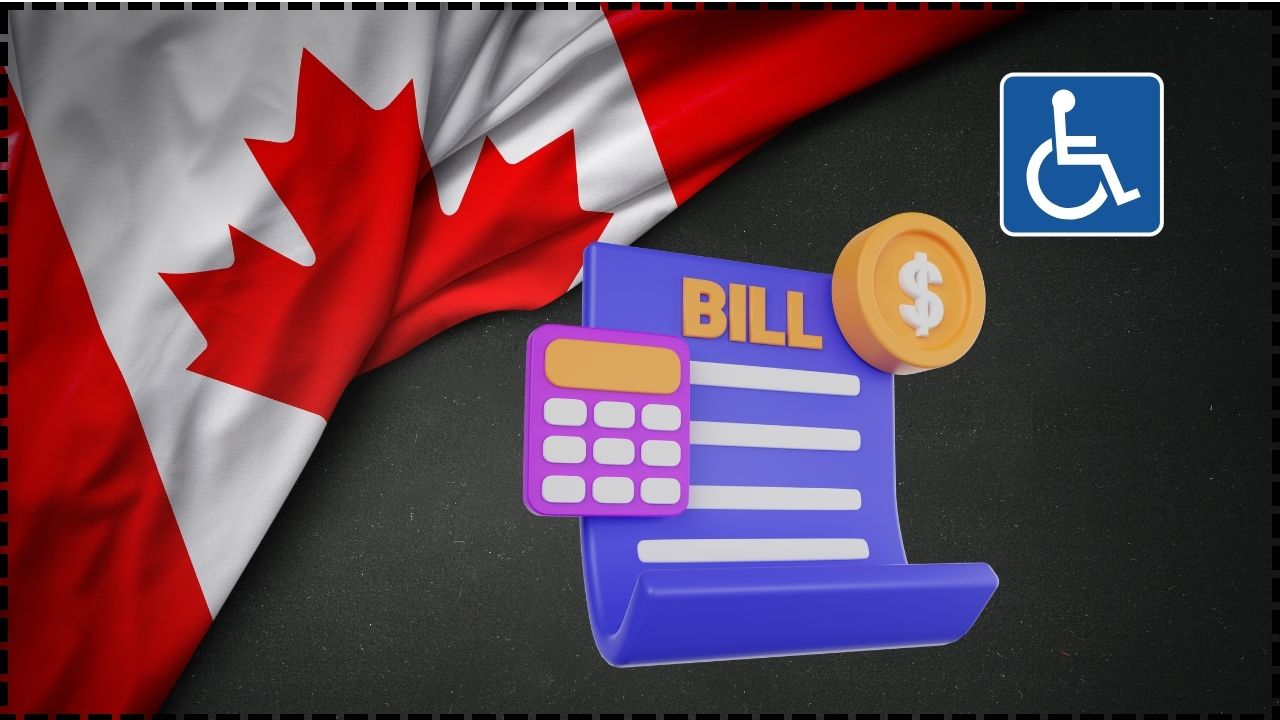SASSA Child Grant Set to Increase Next Month: When it comes to raising kids, money always seems to run a little short. Groceries, school uniforms, medical checkups—you name it, the bills stack up. That’s why the SASSA Child Support Grant matters so much to millions of South African families. Every few months, the same question pops up on social media: “Is the child grant going up next month?” For 2025, here’s the real deal: The Child Support Grant was increased in April 2025 from R530 to R560 per child per month. While there’s talk about another bump in October, nothing official has been confirmed yet by the South African Social Security Agency (SASSA). Let’s unpack what this means for parents, how the system works, and how you can keep your family protected from scams and misinformation.
SASSA Child Grant Set to Increase Next Month
The SASSA Child Support Grant is now R560 per child as of April 2025. While many parents are hoping for another increase in October, nothing has been locked in. For now, families should budget carefully, avoid scams, and rely on official SASSA updates only. In a country where raising a child is expensive, every rand counts. The grant may not cover everything, but with smart planning and trusted information, it can still make a real difference.

| Topic | Details |
|---|---|
| Current Grant Amount | R560/month per child (since April 2025) |
| Last Increase | April 2025 (from R530 to R560) |
| Next Possible Increase | October 2025 (not yet confirmed) |
| Payment Dates | Typically 5th business day of each month |
| Scam Alerts | Beware of fake “double payment” or “bonus” messages |
| Official Source | SASSA Website |
Why the Child Grant Matters in 2025?
For many parents, this monthly grant is more than pocket change—it’s a lifeline. According to Stats SA, over 13 million children benefit from the Child Support Grant. That’s almost one in four South Africans who depend on this program in some way.
But here’s the kicker: even with the increase to R560, families still struggle. Rising food prices, transport costs, and school fees mean the grant only stretches so far. Parents are left budgeting every rand to cover the basics. That’s why even small increases make headlines—it’s not just money; it’s about survival.
A Quick Look at Historical Increases
Over the past 10 years, the child grant has grown steadily, but always just a little at a time:
- 2015 – R330
- 2018 – R410
- 2020 – R450
- 2022 – R480
- 2023 – R500
- 2024 – R530
- 2025 – R560
When you look at it over time, that’s progress. But when compared to inflation—especially the cost of food—it’s clear families are constantly playing catch-up. A parent in 2015 could buy more groceries with R330 than today’s R560 can cover.
Breaking Down the SASSA Child Grant Set to Increase Next Month
What Happened in April 2025?
- The Child Support Grant went from R530 to R560.
- The Grant-in-Aid (support for people needing full-time care) was also adjusted to R560.
- Other SASSA grants (like old age and disability grants) saw larger increases, but the child grant increase stayed modest.
What About October 2025?
Rumors swirl that another hike is coming in October. While historically SASSA sometimes adjusts grants twice a year (April and October), as of now, no official confirmation has been made. Parents should keep an eye on official announcements from SASSA or the National Treasury.
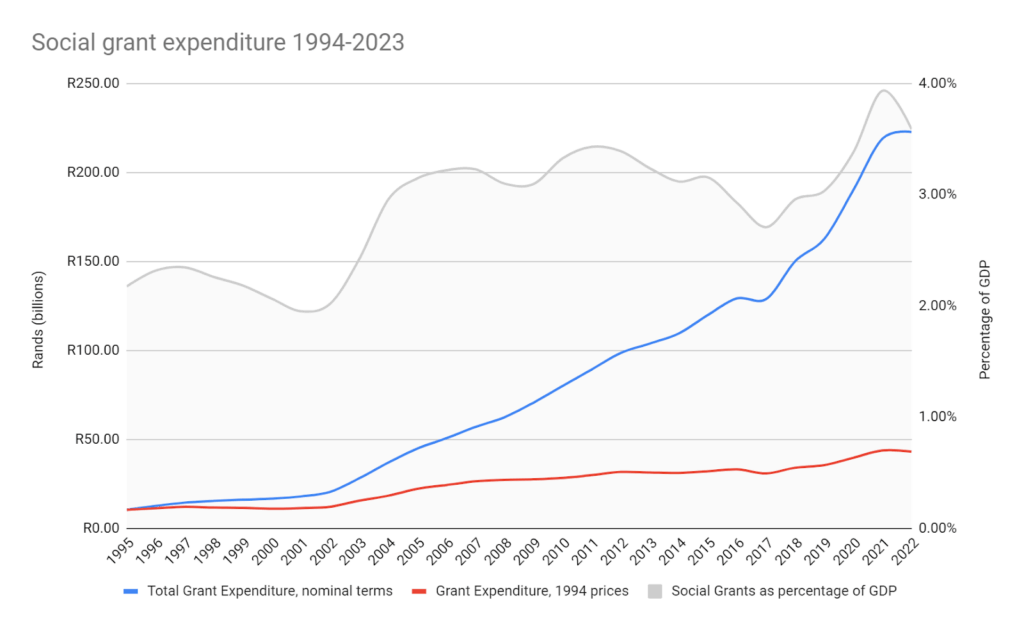
Inflation and the Real Value of the Grant
Here’s the hard truth: a R30 increase doesn’t go as far as it used to. Stats SA’s Consumer Price Index (CPI) shows that food prices in South Africa rose by 6.4% in 2024 alone. That means an extra loaf of bread or a liter of cooking oil could eat up the entire increase.
In real terms, parents are often stuck making impossible choices—does the grant go toward food, transport, or school uniforms? The grant is designed to supplement household income, but for many, it’s the main source of money for their kids.
Comparison With Other SASSA Grants
To put things into perspective, here’s how the Child Grant stacks up against other social grants:
| Grant Type | Amount (2025) |
|---|---|
| Old Age Pension | R2,185 – R2,205 |
| Disability Grant | R2,185 |
| Foster Care Grant | R1,200 |
| Care Dependency Grant | R2,185 |
| Child Support Grant | R560 |
Clearly, the Child Grant is the smallest. The logic is that it’s a supplement for children, not full support. But critics argue that given how expensive raising kids is, the grant should be closer to R800–R1,000.
How South Africa Compares Globally?
Looking at other countries helps put things in perspective:
- United States – Child Tax Credit: up to $2,000/year (about R38,000 annually).
- United Kingdom – Child Benefit: £24/week per child (about R2,000/month).
- Brazil – Bolsa Família: about R700/month per child.
South Africa’s R560 looks small in comparison. While living costs differ, these comparisons highlight the limited cushion South African parents get.
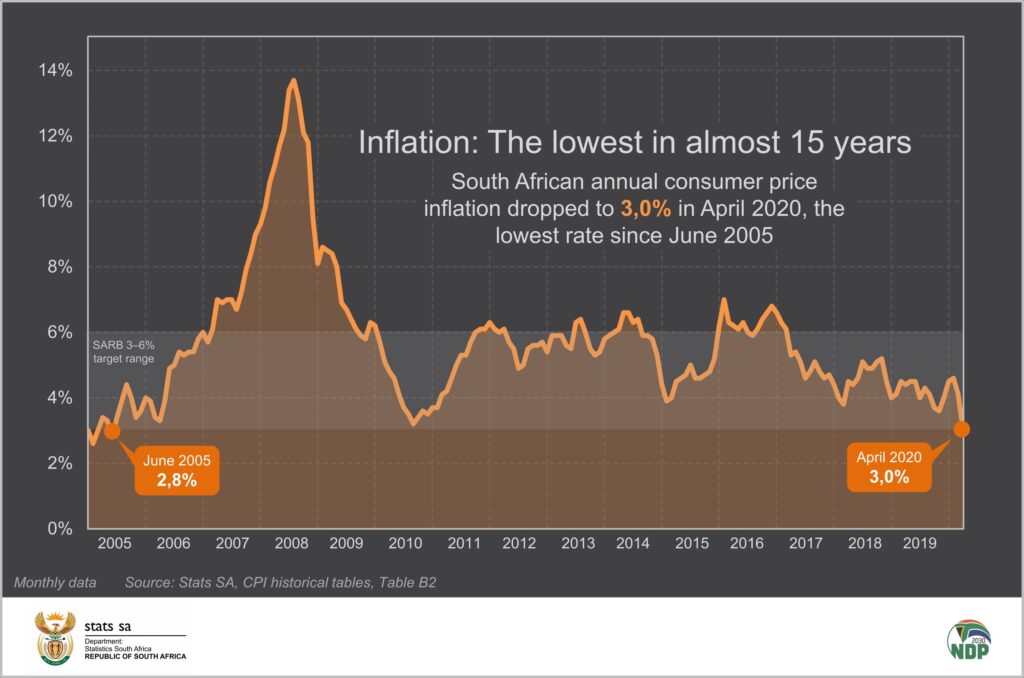
Step-by-Step Guide to Apply for the SASSA Child Grant
Applying can feel overwhelming, but here’s a breakdown:
- Check Eligibility – Child must be under 18, living in South Africa, and parents/guardians must meet the means test (income limits).
- Gather Documents – Parent ID, child’s birth certificate, proof of residence, proof of income (if employed).
- Visit a SASSA Office – Applications are free; bring original documents and certified copies.
- Complete Application Form – Assisted by a SASSA official.
- Wait for Processing – Usually takes up to 3 months. If approved, you’ll get back-pay from the date of application.
- Collect Payment – Grants are paid via SASSA card, bank account, or cash at pay points.
The Rise of Fake News and Scams
Social media has made it easier than ever for false information to spread. You’ve probably seen posts claiming:
- “Double child grants coming this month!”
- “Bonus payment for school uniforms in June!”
- “Apply for extra SASSA support through this WhatsApp link.”
These are scams. SASSA has repeatedly warned families that there are no double payments or special bonuses unless officially announced.
Example: How One Family Stretches Their Grant
Thandi, a single mom in Soweto, receives R560 for her son Sipho. Here’s how she budgets:
- R200 – School transport
- R150 – Food (maize meal, vegetables, eggs)
- R100 – School uniform and stationery savings
- R60 – Airtime/data (for schoolwork and communication)
- R50 – Small emergency savings
Is it enough? Not really—but with careful planning and community support, it helps cover the basics. Families like Thandi’s are proof that every rand counts.
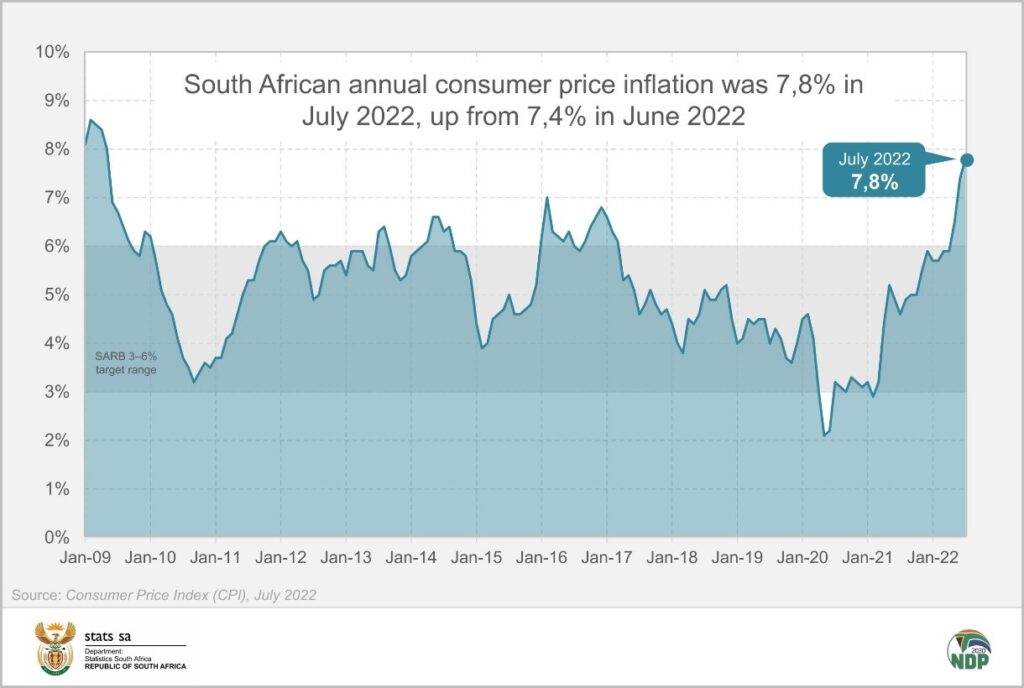
Professional Perspectives
Social workers, teachers, and NGOs often see firsthand how families use the child grant. Many professionals argue for:
- Bigger annual increases – To keep pace with inflation.
- More financial education programs – Helping parents budget better.
- Partnerships with schools – To ensure grants cover educational needs like uniforms, stationery, and meals.
Some economists suggest linking the grant to the inflation rate, so it automatically rises when living costs go up. This would ensure families don’t lose buying power year after year.
Mother vs. Children: Family Torn Apart Over R56,000 Death Benefit After R2 Million Payout
Whistleblower Punished? Pension Agency Suspends Manager After He Flags R21m Payment




